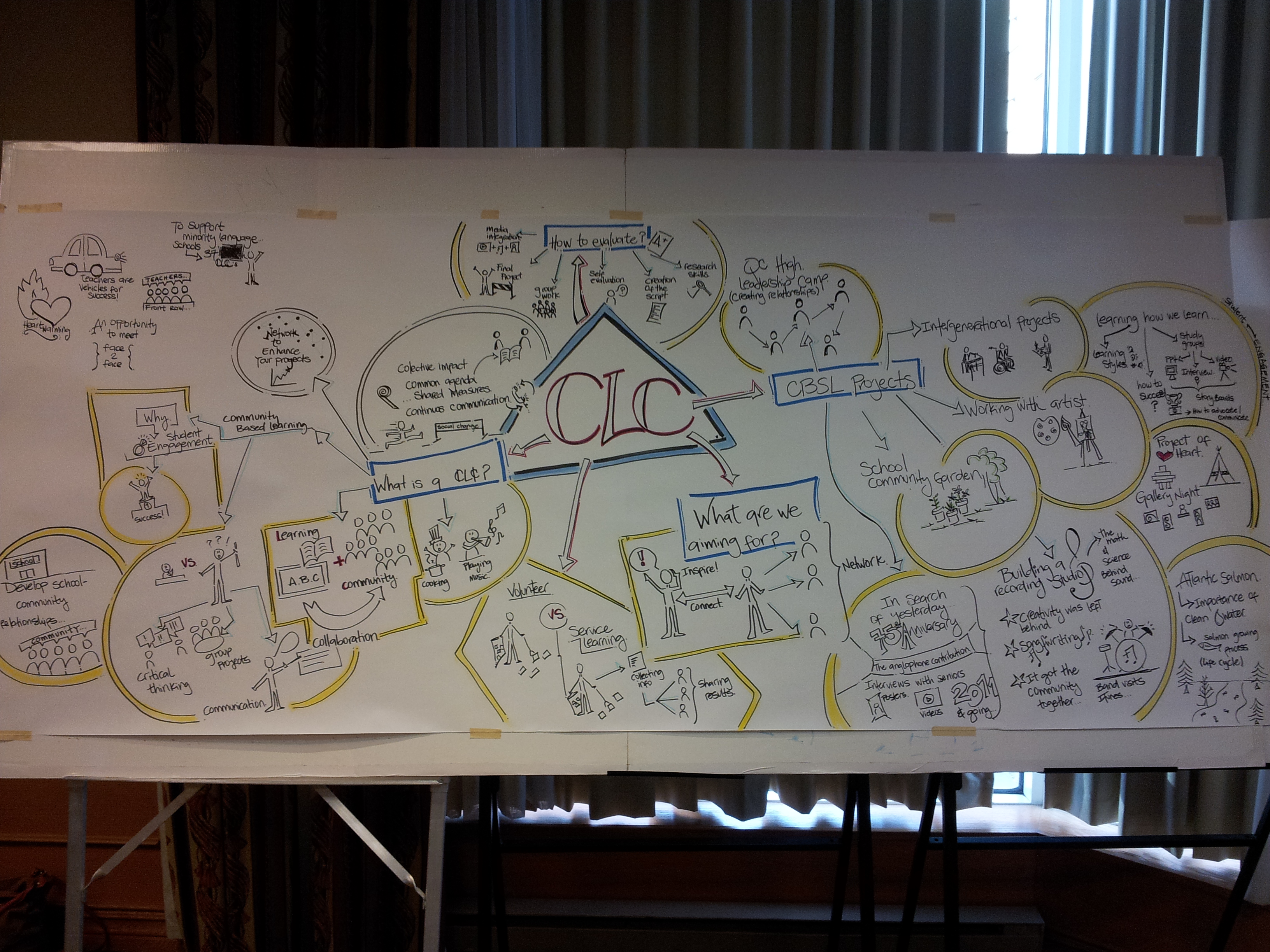On January 20-21, over 75 teachers from CLC Schools spanning the Western edge of Quebec all the way to the Eastern border participated in the CLC Teacher Institute.
The two days were a great success. Feedback forms tell us that teachers benefited from networking, hearing examples of Community Based Service Learning (CBSL) projects and spending focused time planning their own projects which will integrate School-Community partnerships.
- Download the planning templates
- View the powerpoint from Day 1
- Read more about CBSL best practices and resources
A big thank you to everyone who participated, presented and generally brought an open and reflective attitude. It truly was a wonderful showcase of the talented teachers in the Community Learning Centre network.


